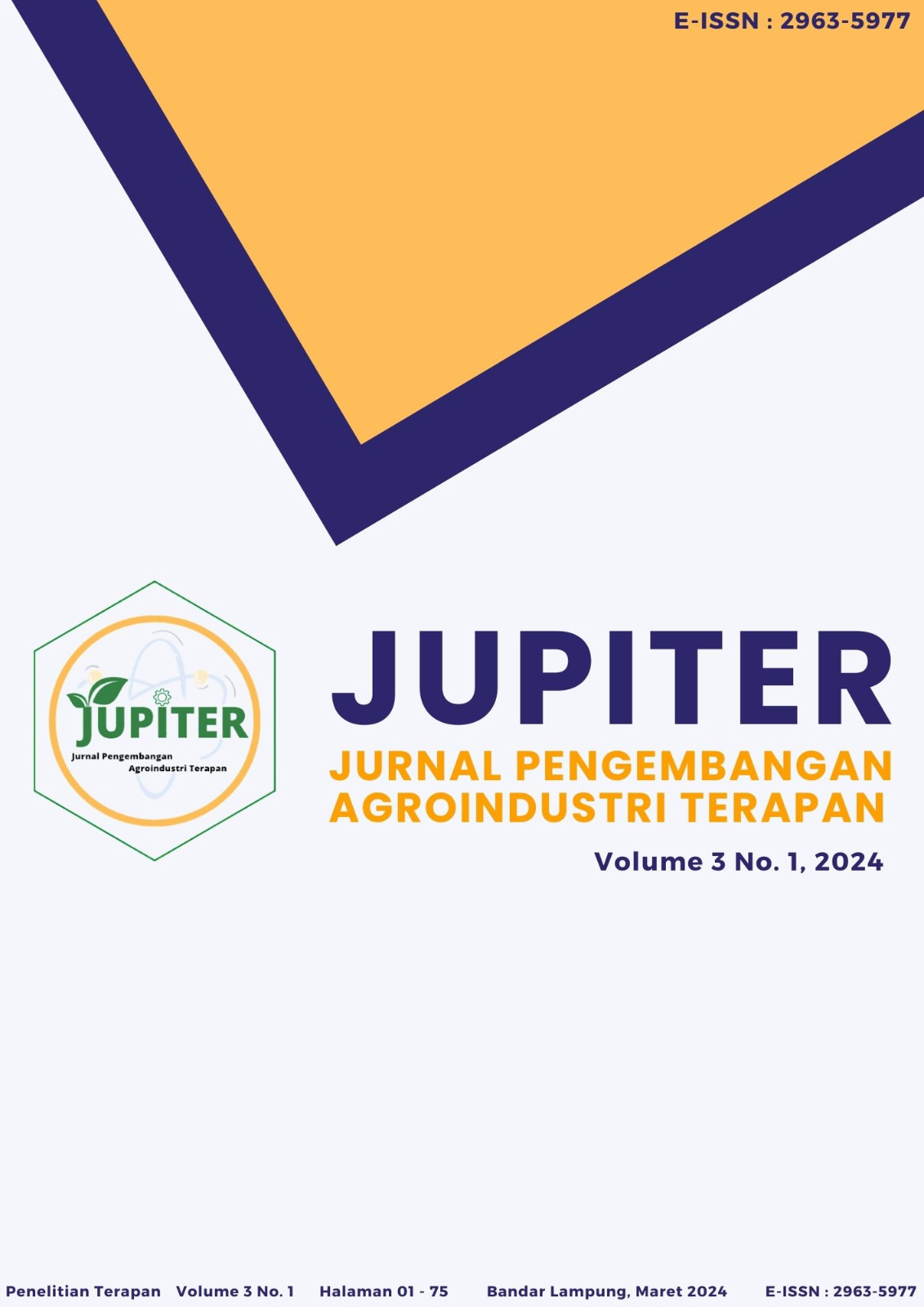PEMANFAATAN SERAT SERABUT KELAPA (Cocos Nucifera) SEBAGAI BIODEGRADABLE FOAM ALTERNATIF PENGGANTI STYROFOAM MENGGUNAKAN METODE ALKALISASI
DOI:
https://doi.org/10.25181/jupiter.v3i1.3352Kata Kunci:
styrofoam, coconut fiber, CaCO3, NaOH, biofoamAbstrak
Indonesia is the second largest producer of styrofoam waste in the world after China which contributes the most (3.2 million tons). Styrofoam has a bad impact on the environment because it takes about 500-1 million years to decompose in the soil. Styrene contained in styrofoam foam can cause health hazards such as disturbances in nervous system function with symptoms of headaches, fatigue, depression, and so on. The negative impact of using styrofoam makes it necessary to have an alternative material to replace styrofoam packaging. This study aims to identify the effect of the type of material and soaking time of coconut fiber using CaCO3 and NaOH and analyze the quality of the resulting styrofoam replacement biofoam packaging with SNI. The results showed that the type of material had a significant effect on density, biodegradability and shore A, while soaking time had a significant effect on water absorption and biodegradability. The best biofoam was obtained from samples with sodium hydroxide material type and soaking time for 2 hours which produced a density value of 0.91 grams/cm3, water absorption 16.25%, biodegradability 31.48% and shore A 12.8 kgf.Unduhan
Data unduhan belum tersedia.










